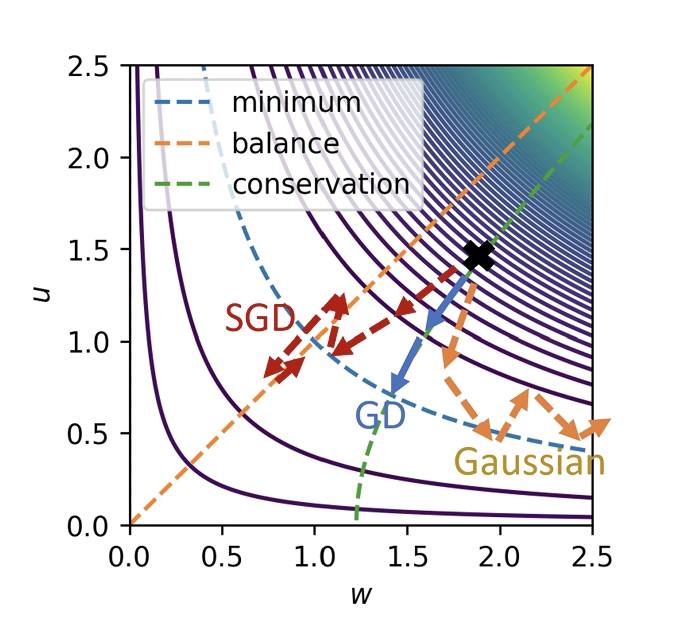<< ️Advancements in noisy intermediate-scale quantum (NISQ) computing are steadily pushing these systems toward outperforming classical supercomputers on specific well-defined computational tasks. In this work (AA) explore and control quantum chaos in NISQ systems using discrete-time quantum walks (DTQWs) on cyclic graphs. To efficiently implement quantum walks on NISQ hardware, (They) employ the quantum Fourier transform to diagonalize the conditional shift operator, optimizing circuit depth and fidelity. >>
<< ️(AA) experimentally realize the transition from quantum chaos to order via DTQW dynamics on both odd and even cyclic graphs, specifically 3- and 4-cycle graphs, using the counterintuitive Parrondo paradox strategy across three different NISQ devices. >>
<< ️While the 4-cycle graphs exhibit high-fidelity quantum evolution, the 3-cycle implementation shows significant fidelity improvement when augmented with dynamical decoupling pulses. (Their) results demonstrate a practical approach to probing and harnessing controlled chaotic dynamics on real quantum hardware, laying the groundwork for future quantum algorithms and cryptographic protocols based on quantum walks. >>
Aditi Rath, Dinesh Kumar Panda, Colin Benjamin. Controlling quantum chaos via Parrondo strategies on noisy intermediate-scale quantum hardware. Phys. Rev. E 112, 054219. Nov 18, 2025.
arXiv: 2506.11225v2 [quant-ph]. Nov 4, 2025.
Also: parrondo, noise, walk, walking, order, chaos, transition, in https://www.inkgmr.net/kwrds.html
Keywords: gst, parrondo, noise, walk, walking, quantum walk, order, chaos, quantum chaos, transition, dynamical decoupling pulses, cryptography.







